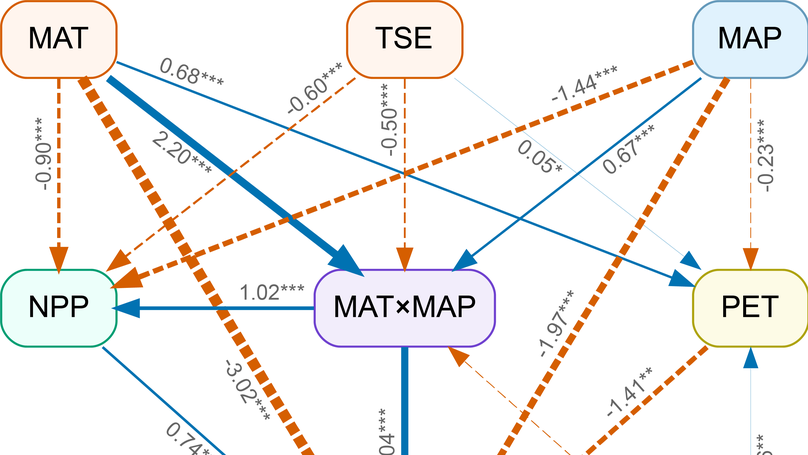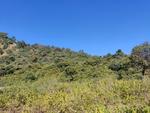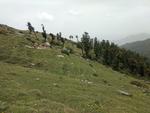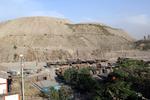Biography
I am working as a senior research fellow in the Department of Botany at Panjab University, Chandigarh. My research interests include the responses of ecological structure and functions to climate change. Currently, I am working on the elevational pattern of plant distributions and diversity in the Western Himalayas.
- Plant ecology
- Plant distribution
- Litter decomposition
- Restoration ecology
- Research synthesis
-
PhD in Botany, Present
Panjab University, Chandigarh
-
MSc in Botany, 2017
Panjab University, Chandigarh
-
BSc in Medical Science, 2015
Kurukshetra University, Kurukshetra
Skills
60%
65%
85%
80%
75%
65%
Experience
Responsibilities include:
- Collecting, analysing and modelling ecological data
- Preparing and publishing 3-5 peer-reviewed publications for a PhD thesis
- Presenting research findings regularly at regional, national or international meetings
Responsibilities include:
- Selecting and planning an original research topic
- Preparing a research plan and timetable
- Learning research and data management skills
Projects
Featured Publications

Understanding the patterns and drivers of species distribution has remained a central theme for biogeographical, conservation, and ecological research. This study aims to investigate the elevational patterns of plant species richness and compare the observed species richness with the predictions of the mid-domain effect (MDE) null model. By combining information from field observations and the published literature, we compiled a comprehensive database of the elevational distribution of plant species for three protected areas in the Western Himalayas. We used generalised linear model (GLM) and null model simulations to explore the elevational patterns of plant species richness. Our study revealed simple linear to complex non-linear patterns depending on the location and range of the elevational gradient. While non-linear unimodal patterns were common, a linear decreasing pattern was also observed. The observed species richness showed consistent deviations from the predictions of the mid-domain effect null model, suggesting that factors beyond the range constraints shape species richness patterns. These observations indicate that richness patterns are not solely generated by random processes, rather climatic gradients, ecological interactions, and topographic heterogeneity can shape these patterns. Understanding these factors can aid in predicting and managing the impacts of ongoing environmental changes on Himalayan biodiversity.

Background Understanding the patterns and processes of species distributions has long remained a central focus of biogeographical and ecological research. While the evidence for elevational patterns in species richness is widespread, our understanding of underlying causes and mechanisms remains limited. Therefore, this study aimed to entangle the influence of environmental variables on plant species richness along elevational gradients in the Western Himalayas.
Methods We compiled elevational distribution for about 1150 vascular plants using the published literature and available database. The species richness was estimated in 100-m elevational bands using the range interpolation method. We used the generalised linear model and structural equation modelling (SEM) framework to identify the direct and indirect effects of climatic factors on species richness.
Results Our results indicated that primary environmental correlates of species richness varied with elevational gradients. Climatic variables combined with energy and water availability were more important than the topographic heterogeneity. Further, the direct and interaction effects of climatic variables were more substantial than their indirect effects. The indirect effects of climate are more strongly mediated by water-energy dynamics than the energy alone.
Conclusions Overall, our findings emphasise the importance of considering direct effects and interactions among environmental variables while studying the underlying mechanisms governing elevational biodiversity gradients. Species richness appeared to be shaped by climatic tolerances rather than habitat heterogeneity at regional scales. This information can have implications for biodiversity dynamics under environmental change.
Recent Publications
Contact
- abhikumar.pu@gmail.com
- 223 Department of Botany, Panjab University, Chandigarh 160014
- Enter Building and take the stairs to 223 on Second Floor
-
Monday to Friday 10:00 to 17:00
Saturday 12:00 to 16:00 - abkumar_
- abhikumar86
















